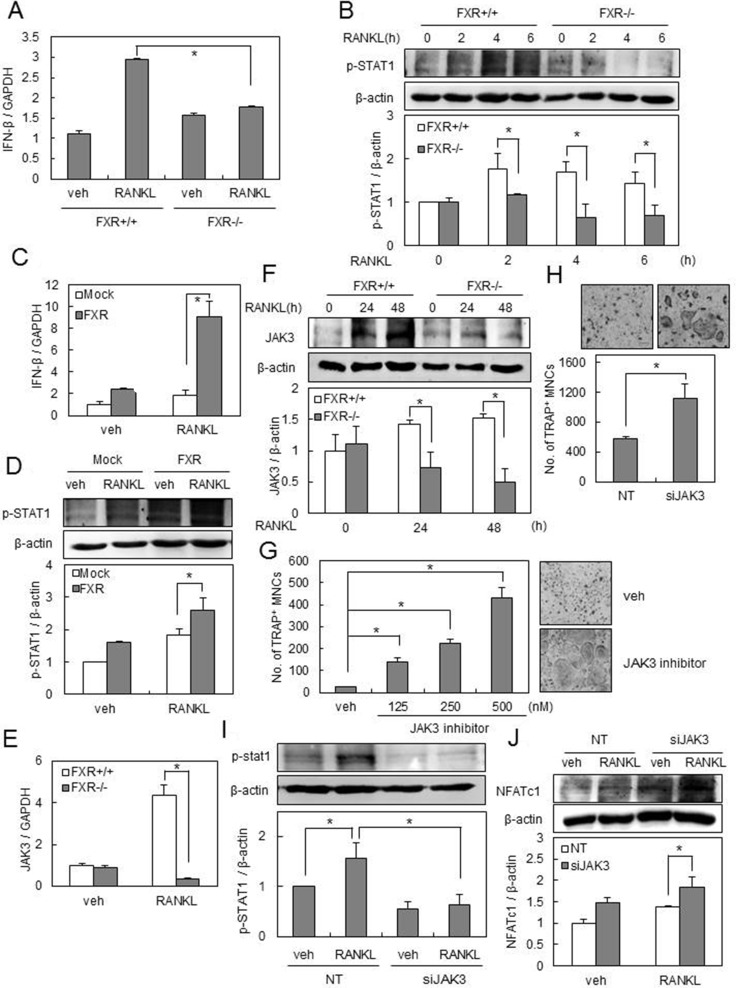Figure 5. FXR deficiency down-regulates IFN-β signaling pathways via JAK3-STAT1.
(A, E) BMMs from FXR+/+ and FXR−/− mice were cultured with RANKL (200 ng/ml) for 24 h. The mRNA level was analyzed by real-time PCR with IFN-β or JAK3 primer. (B) BMMs from FXR+/+ and FXR−/− mice were serum-starved for 16 h and stimulated with RANKL (200 ng/ml) for the indicated time. (F) BMMs from FXR+/+ and FXR−/− mice were cultured with RANKL (200 ng/ml) for the indicated time. Cell lysates were then subjected to western blot analysis with anti-p-STAT1 or anti-JAK3 antibody. (C, D) BMMs were infected by mock or FXR through a retrovirus packaging system. Infected BMMs were stimulated with RANKL (200 ng/ml) for 4 or 24 h. The mRNA levels of IFN-β and p-STAT1 were analyzed by real-time PCR or western blotting. (G) BMMs from FXR+/+ mice were cultured with RANKL (100 ng/ml) in the presence of tofacitinib, a JAK3 inhibitor, for 3 days. TRAP+ MNCs were counted as osteoclasts when more than 3 nuclei were present. Scale bar, 200 μm. (H) FXR+/+ BMMs were transfected with 40 nM siRNA. The siRNA-transfected FXR+/+ BMMs were cultured with RANKL (200 ng/ml) for 3 days, and then TRAP+ osteoclasts were counted. (I) The siRNA-transfected FXR+/+ BMMs were serum-starved for 16 h and stimulated with RANKL (200 ng/ml) for 4 h. (J) The siRNA-transfected FXR+/+ BMMs were cultured with RANKL (200 ng/ml) for 24 h. Cell lysates were then subjected to western blotting analysis with anti-p-STAT1 or anti-NFATc1 antibody. Data are expressed as mean ± SD from at least three independent experiments. Scale bar, 200 μm. *p < 0.05.

